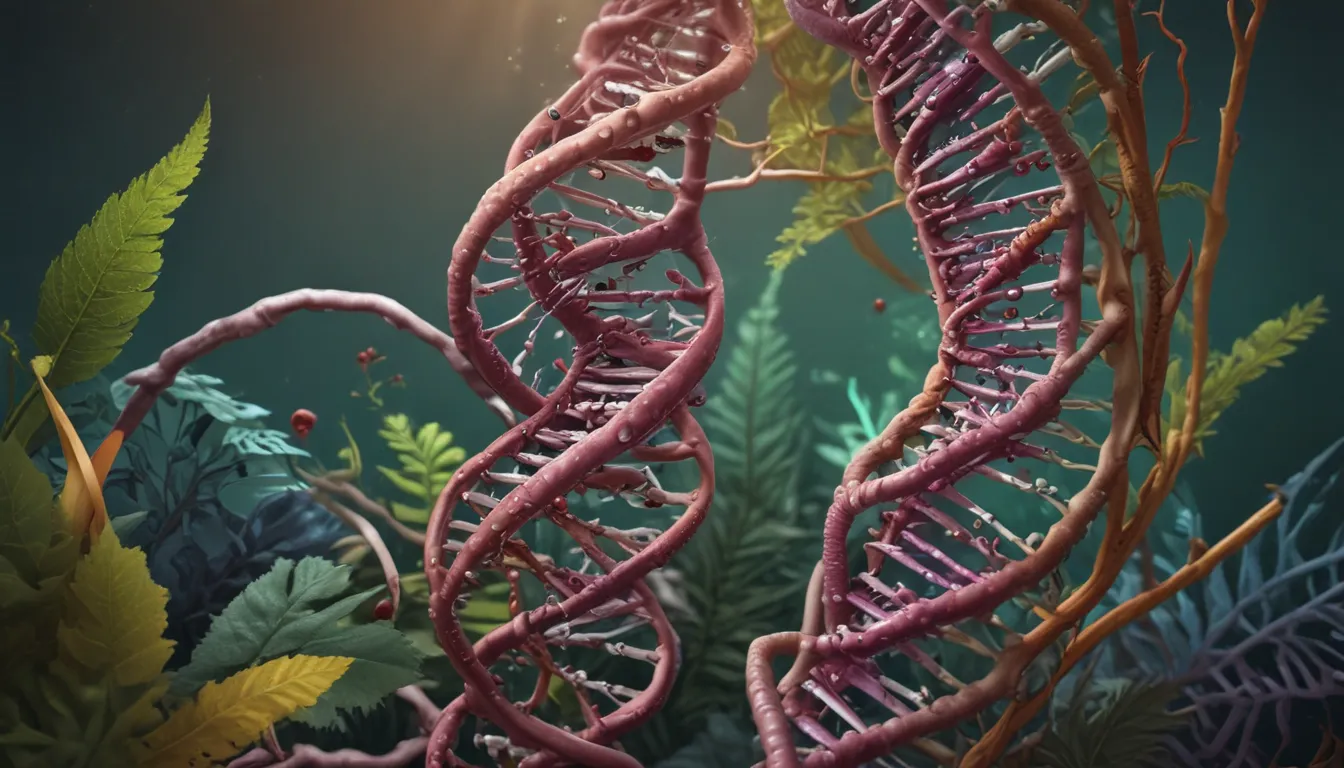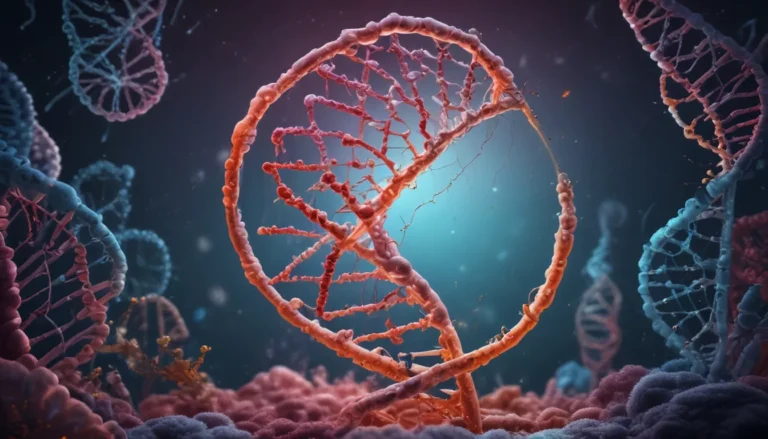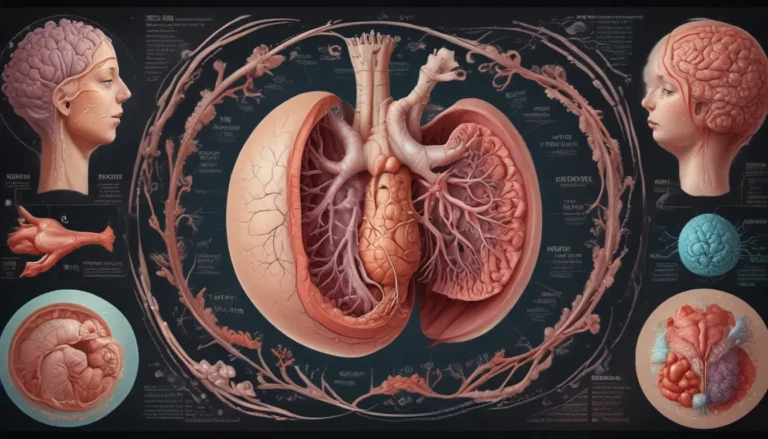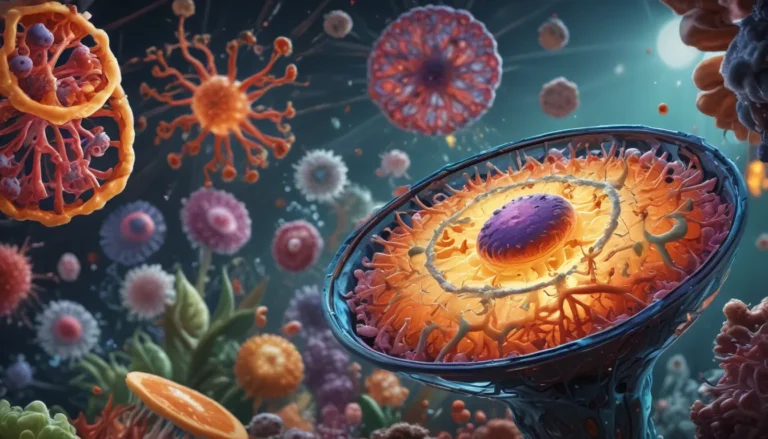A Note About Images: The images used in our articles are for illustration purposes only and may not exactly match the content. They are meant to engage readers, but the text should be relied upon for accurate information.
Gene editing has transformed the field of biology, offering incredible opportunities to revolutionize the way we understand and manipulate DNA. From treating genetic diseases to improving crop yield sustainably, the possibilities are endless. In this article, we will delve into the fascinating world of gene editing, exploring key facts, ethical considerations, and potential applications that shape this groundbreaking technology.
Unveiling the Power of CRISPR-Cas9
CRISPR-Cas9, a revolutionary tool in gene editing, acts as molecular scissors that can precisely modify DNA. This innovative technique, first discovered in bacteria, allows scientists to edit genes with unparalleled accuracy. By providing a guide RNA sequence that matches the target DNA, researchers can direct Cas9 to make precise cuts, enabling them to add, remove, or modify genetic material. This precision has significant implications for the treatment of genetic disorders and the development of new disease therapies.
Gene Editing in Medicine: A Vision of Hope
One of the most promising applications of gene editing is in the treatment of genetic diseases. By correcting or removing faulty genes responsible for conditions like sickle cell anemia, cystic fibrosis, and muscular dystrophy, scientists aim to provide long-lasting cures. With the continuous advancements in gene editing techniques, there is hope for eradicating genetic disorders altogether. This offers individuals the prospect of a healthier life free from the burden of inherited diseases.
Ethical Considerations in Gene Editing
The potential for gene editing to create “designer babies” with desired traits raises ethical concerns surrounding issues of inequality, consent, and the boundaries of genetic manipulation. Discussions on the responsible use, safety, and unintended consequences of gene editing are essential to navigate the complex ethical landscape. As we harness the power of gene editing, it is crucial to approach this technology with caution and mindfulness of its ethical implications.
Enhancing Crop Yield Through Gene Editing
Gene editing techniques offer solutions for improving crop yield sustainably by developing disease-resistant crops that can thrive in harsh environmental conditions. By introducing specific genetic changes, scientists aim to enhance nutritional content, reduce the need for pesticides, and alleviate pressures on global food production. This sustainable approach to agriculture opens up new possibilities for feeding a growing global population while minimizing environmental impact.
Conservation Efforts with Gene Editing
Gene editing also holds promise for aiding wildlife conservation efforts, particularly for endangered species. By manipulating the genes of these vulnerable animals, scientists could enhance their survival and adaptability to changing environments. This presents an innovative approach to preserving biodiversity and ensuring the long-term survival of endangered species in the face of environmental challenges.
Advancements and Challenges in Gene Editing
As gene editing technology continues to progress, scientists are dedicated to refining and improving the techniques. Efforts are underway to enhance precision, reduce off-target effects, and develop new tools that can edit genetic material more efficiently. This ongoing innovation expands the potential applications of gene editing and paves the way for groundbreaking discoveries in the field.
Navigating Legal and Intellectual Property Issues
The emergence of gene editing technology has also brought forth legal and intellectual property challenges related to ownership and control over gene editing techniques. The high-stakes patent dispute surrounding CRISPR-Cas9 underscores the commercial potential of gene editing and its implications for the future direction of research and applications. Addressing these complex legal questions requires careful consideration and international cooperation.
Embracing the Future of Gene Editing
In conclusion, gene editing offers a glimpse into a future where we can shape and modify the genetic blueprint of life. As we explore the tremendous potential of this revolutionary technology, it is essential to navigate ethical dilemmas and regulatory challenges with mindfulness and responsibility. With ongoing advancements in gene editing, we stand at the threshold of an exciting era filled with possibilities for improving human health, enhancing food production, and preserving biodiversity.
Frequently Asked Questions:
-
What is gene editing?
Gene editing is a transformative technology that allows scientists to make precise changes to an organism’s DNA, offering new possibilities for genetic manipulation. -
What is CRISPR-Cas9?
CRISPR-Cas9 is a powerful gene editing tool that acts as molecular scissors to cut and modify specific sections of DNA with unparalleled accuracy and efficiency. -
What are the potential applications of gene editing?
Gene editing holds immense potential in various fields, including medicine, agriculture, and conservation by offering solutions for treating genetic diseases, improving crop yield, and aiding wildlife conservation efforts. -
Are there ethical concerns associated with gene editing?
Yes, ethical considerations surrounding gene editing focus on issues of consent, equality, and the responsible use of genetic manipulation techniques to ensure the well-being of individuals and the environment. -
What risks are involved in gene editing?
While gene editing shows promise, there are risks such as off-target effects and potential long-term consequences that require robust safety measures and thorough research to mitigate.
In exploring the world of gene editing, we discover a realm of endless possibilities and transformative impact. As we journey through this fascinating field, let us embrace the future with openness, curiosity, and a commitment to using this powerful tool for the benefit of all.






